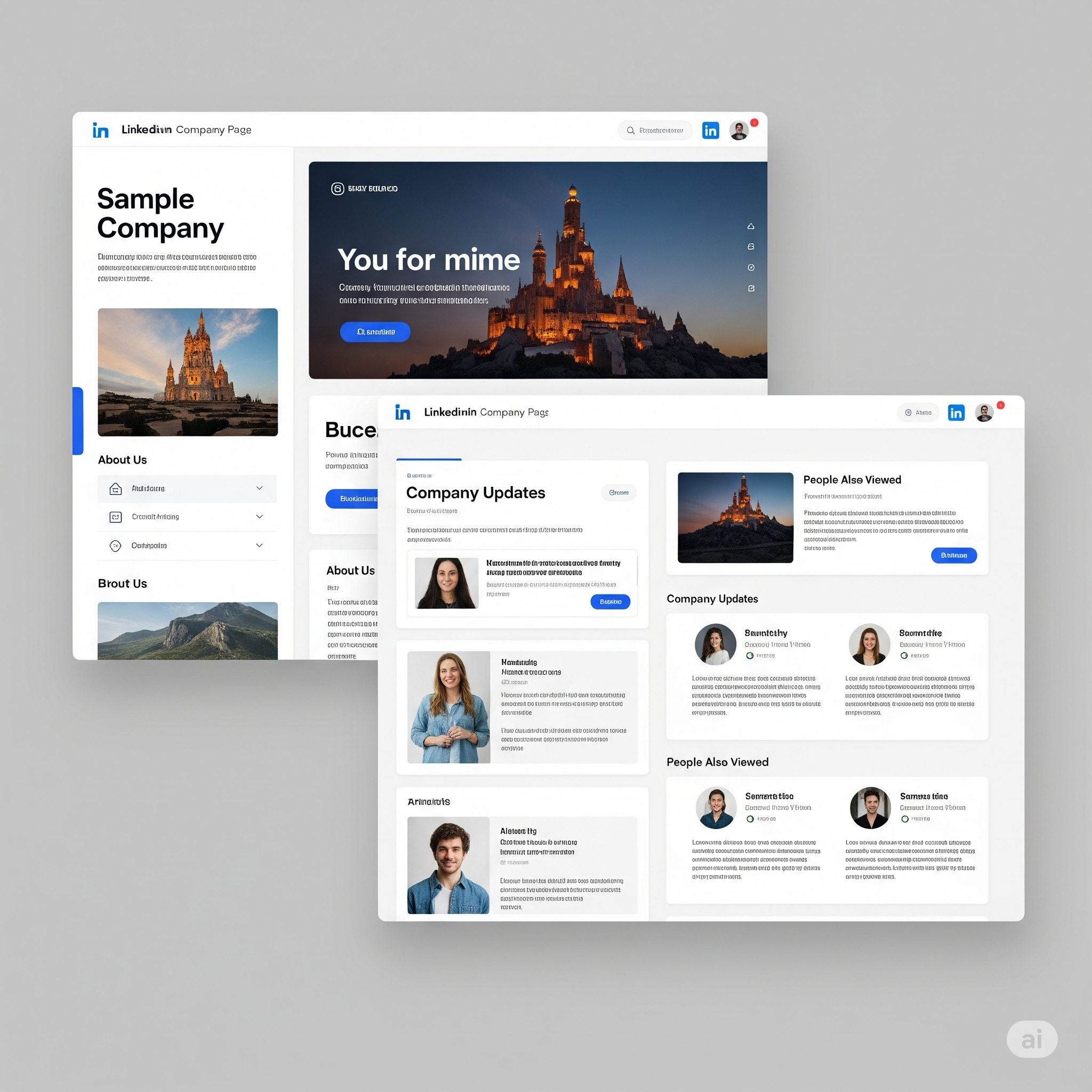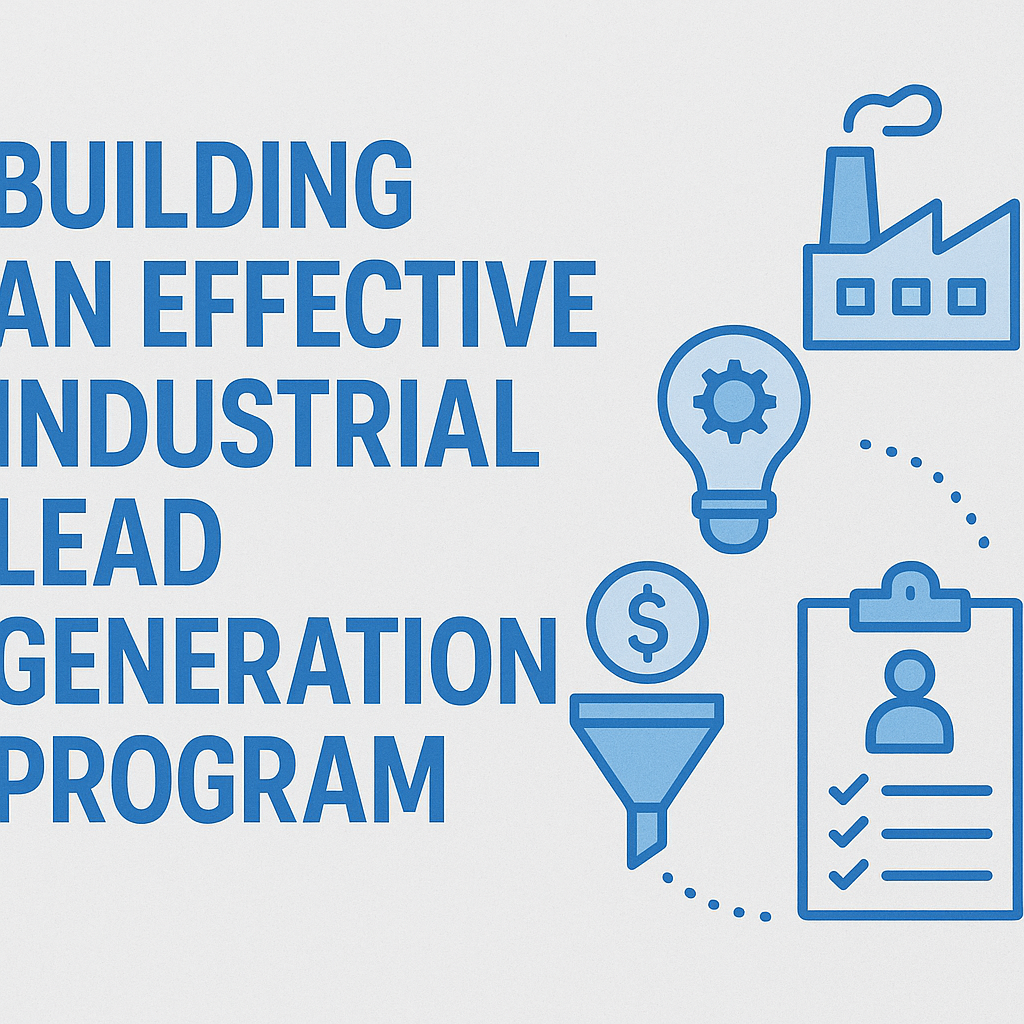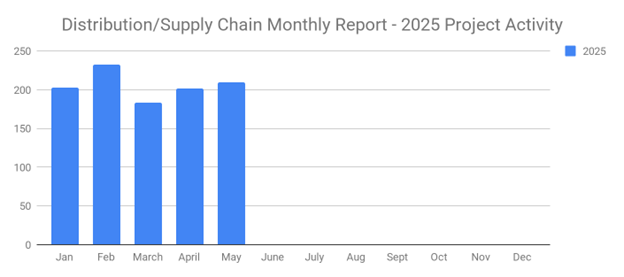
Are you struggling to close deals with prospects? Leads don't always translate into sales. Even if you generate thousands of leads per month, you may only convert some of those prospects into buyers. Statistics show that the average close rate in the B2B industry is about 15% to 25%. For every 10 leads you generate, you may only generate three to four sales.
You may be able to close more deals with prospects, however, by using the hard close. It's an age-old sales technique that's highly effective at convincing prospects to make a purchase. Regardless of what you are trying to sell, the hard close may prove useful.
What Is the Hard Close?
The hard close is a closing technique that instills a sense of urgency in prospects. Also known as the "nothing to lose close," it involves explicitly asking for a sale or commitment on the spot. If you've already nurtured a prospect, you may want to use the hard close technique. You can ask the prospect to make a purchase, sign a contract or otherwise make a commitment to your B2B company. The hard close technique essentially forces prospects to make a decision.
How the Hard Close Works
When prospects feel a sense of urgency, they are more likely to take immediate action by purchasing a product or service. Prospects in the B2B industry are oftentimes indecisive. After all, they are buying products or services for their own businesses, so they are typically selective regarding their purchases. You can continue to nurture prospects by explaining the benefits of a product or service to a prospect. Eventually, though, you may have to explicitly ask the prospect to make a decision.
Nurturing alone won't always yield sales. Prospects who are indecisive may neglect to take action. They'll consume your time and energy without making a purchase. The hard close technique is designed to persuade prospects to stop thinking about the purchase and start taking action. With the hard close technique, you'll ask prospects to make a decision. Some prospects may still reject your offer, but others will likely agree to make a purchase. As a result, using the hard close technique can help you close more deals.
Hard Close vs Soft Close
Two of the most common closing techniques are the hard close and the soft close. As previously mentioned, the hard close technique is a direct approach. When you explicitly ask prospects to make a decision, it's considered a hard close. Prospects won't be able to put off the decision; they'll have to respond with a "yes" or "no" answer.
The soft close technique involves an indirect approach to closing deals. For instance, you may want to ask a prospect if he or she is interested in learning more about your B2B company's product or service and how it can help his or her business succeed. The soft close technique still involves an interaction between a sales rep and a prospect, and it still involves a question to determine if the prospect wants to make a purchase. The soft close technique is characterized by an indirect approach, however, whereas the hard close technique is characterized by a direct approach.
Tips on Using the Hard Close Technique
If you're going to use the hard close technique, there are a few things you should know. Like other closing techniques, the timing matters. You'll experience greater success by waiting until the right time to use the hard close technique.
How do you know when to use the hard close technique exactly? You can look for sales triggers. Sales triggers are hints that a prospect -- or even the business for which the prospect works -- is ready to make a purchase. They can include job promotions, market expansions, new product offerings, customer service inquiries and more. If you discover a sales trigger, you may want to reach out to the prospect and ask him or her to make a decision.
While you can execute it on any channel, the hard close technique is most effective when performed over the phone or in person. By talking to a prospect over the phone or in person, he or she will have to make a decision on the spot. If you send the prospect an email, on the other hand, he or she will have time to think about the decision. For the hard close technique, you should ask prospects to make a decision over the phone or in person.
You can offer prospects an incentive for purchasing a product or service on the spot. Some sales reps, for instance, offer a discount to prospects if they make a purchase or otherwise agree to a commitment on the spot. A discount will incentivize and encourage prospects to make a sales-driving decision. If prospects believe they can save money by taking immediate action, they'll feel more inclined to a sales-driving decision.
Common Mistakes to Avoid When Using the Hard Close Technique
Avoid using the hard close technique for all prospects. Instead, mix up your sales strategy by using both the hard close technique and the soft close technique. The soft close technique doesn't force prospects to make a decision. If a prospect isn't ready to make a decision, the soft close technique will help you retain him or her as a potential buyer.
Another common mistake to avoid when using the hard close technique is being too aggressive. You can still ask prospects to make a decision. But try to avoid using a "now or never" approach. If prospects feel like your approach is too aggressive, they may part ways with your B2B company. Taking a gentler and less-aggressive approach will result in a more effective hard close technique.
In Conclusion
The hard close technique has been around for many years. It involves explicitly asking prospects to make a decision on the spot. It's not the same as the soft close technique. The soft close technique is more indirect and doesn't require prospects to make an immediate decision.
But in order to try out the sales close, you need quality sales leads. Try our project reports, which are identified projects ready to be called. Read more about it.
What to learn more? Get in Touch





